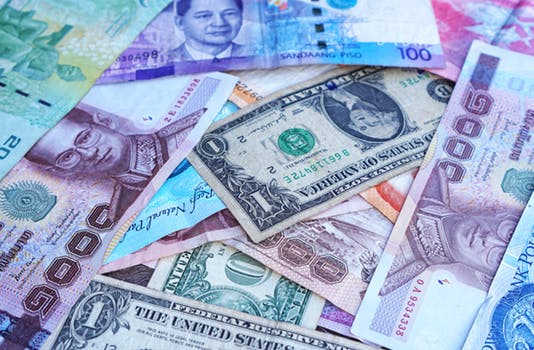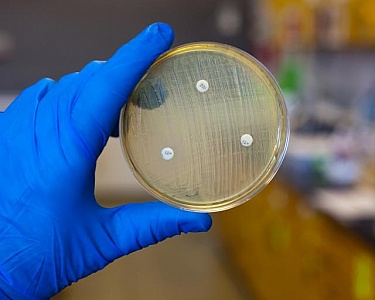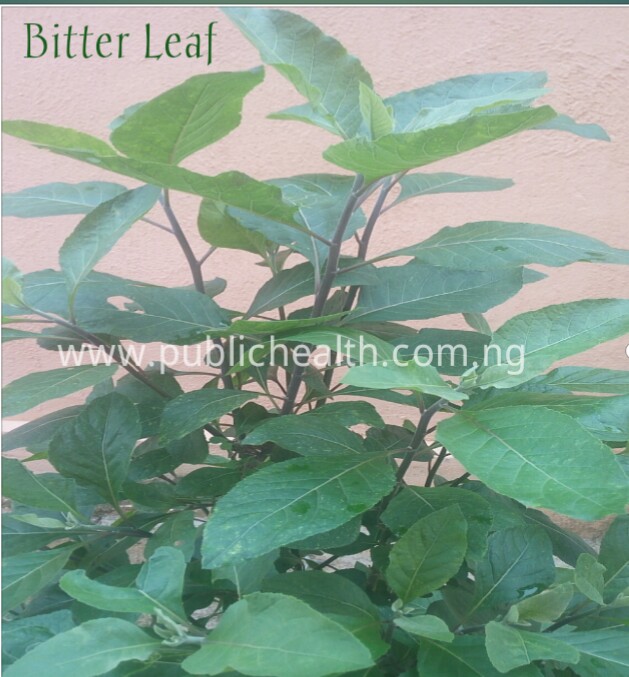Money has been an essential part of human civilization for centuries. From the introduction of metal objects around 5000 BC to the humble origin of paper money in China from 960 AD, money and the issues around money has continued to define human relationships and activities for ages. The amount of money available to individuals and nations has consistently been used as the benchmark for defining their status in the society and world affairs.
Although the world is rapidly shifting from the orthodox cash based economy to a cashless society, a large volume of trade especially at personal and community levels still depend heavily on physical cash.
What is Money?
Money is a legal tender that is generally accepted as means of payment for goods or services. Although we strive daily to get more and more of this elusive item, most of us are ignorant of the array of disease causing organisms we might be carrying in our pockets, wallets, purses or handbags.
Money and Disease
Currencies could carry disease causing microorganisms .This risk increase significantly when you are visiting a disease endemic area or a developing country where there is low level of hygiene and poor hand washing practices. The pathogens found on money can negatively influence our health and the well-being of those we live with especially children who most times plunge currency notes and coins into their mouth. A study conducted by the Department of Microbiology at the University of Karachi in Pakistan revealed that currency notes has the potential to carry pathogens that cause diseases such as urinary tract infections, septicemia and diarrhea. The outbreak of SARS and its huge impact on the Asian economy is a clear indication of the damage that can be done by microorganisms if not effectively contained.
In this article, we shall be providing our readers with the array of the major disease causing microorganisms that are usually found on currency notes and coins.
North America
According to a study published in the Southern Medical Journal which surveyed the bacterial contamination of One-dollar bills collected in western Ohio, pathogenic and potentially pathogenic organisms were isolated from 94% of the bills in the United States.
Africa
A study published in the International Journal of Environmental Health Research which evaluated the bacterial contamination of major Egyptian currency revealed that a large percentage (65%) of currencies analyzed had a bacterial count above 5.0 cm2. Another study conducted on Ghanaian currency showed that a whopping 98.6% of the currency notes analyzed were contaminated. Available data showed that 1.43% had Taenia sp. ovum and 17.14% had acid-fast bacilli.
Overall, 41.07% of the isolates were Bacillus species, 33.04% were coagulase-negative staphylococcus, and 7.14 % were Staphylococcus aureus, while 7.14%,
4.46%, 2.68%, 2.68%, and 1.79 were Enterococcus faecalis, Citrobacter freundi, Klebsiella pneumoniae, Shigella dysenteriae and Escherichia coli respectively
Asia
According to a study published in the Indian Journal of Pathology & Microbiology, which
randomly studied 100 currency notes of various denominations in circulation in India for protozoa, fungal and bacterial contamination. The predominant bacterial isolate was Bacillus sps, Coagulase negative Staphylococci and Micrococcus species.
Europe
A study published in the Future medicine UK stated that, paper currency and coins may be a public health risk because of the concurrent handling of cash and food. It further noted that currencies from health institutions may be highly contaminated by organisms such as, Escherichia coli, Staphylococcus aureus and Salmonella species which are the predominant isolates from currencies recovered from food outlets.
South America
A molecular analysis of microbial population on Brazilian currency notes revealed that Proteobacteria were the most predominant bacteria found on Brazilian currencies, the study also found Staphylococcus aureus, Enterobacter faecalis, Staphylococcus saprophyticus, Staphylococcus epidermidis and Klebsiella pneumoniae among the currency notes analyzed
Microbes on Specific Global currencies
| Currency | Microbes |
| Euro | Extended Spectrum of Beta Lactamases (ESBL) producing E. coli |
| US Dollar | Methicillin-resistant Staphylococcus aureus |
| Canadian Dollar | Methicillin-resistant Staphylococcus aureus |
| Croatian Luna | No Bacterial yield |
| Romanian Leu (RON) | Methicillin-resistant Staphylococcus aureus , Vancomycin-resistant Enterococcus feaecium and Extended Spectrum of Beta Lactamases (ESBL) producing E. coli |
| Indian Rupee | Vancomycin-resistant Enterococcus feaecium |
Source: Money and transmission of bacteria (Hapib at al)
How Bacteria from Currencies Enter Our Body
- Food: Majority of the microorganisms that are transmitted to us from currencies enter our system through our food. Separation of food from cash and regular washing is an essential if you don’t want to be infected with microorganism found of currencies.
- Feacal contamination: This has been implicated as the major source of the enteric bacteria found on currencies. Keeping cash away from diaper changing area and the toilet is an effective way to prevent feacal contamination of money.
- Direct contact: Disease causing microorganism can enter the body through direct contact. Under pant , Brazier , boxers and other areas that puts contaminated money in direct contact with soft tissue and other vulnerable parts of the body increases the risk of pathogenic microbes gaining direct entry into our systems
- Currency counters : workers who handle large volume of cash especially bank workers are at higher risk of being infected with disease causing organisms present on contaminated currency notes or coins they count
- Babies and children: for babies and toddlers everything goes to the mouth. It is essential that, money especially dirty money are kept far away from these vulnerable ones
- Saliva lubrication: The practice of lubricating the fingers with saliva from the mouth (tongue) while counting money significantly increases the risk of disease.
Public Health Nigeria an Interdisciplinary public health movement focused on health education, advancing fair public health policies, promoting fitness, healthy diets, responsible behavior, community health and general well-being.






